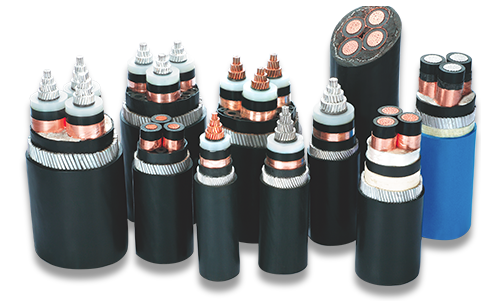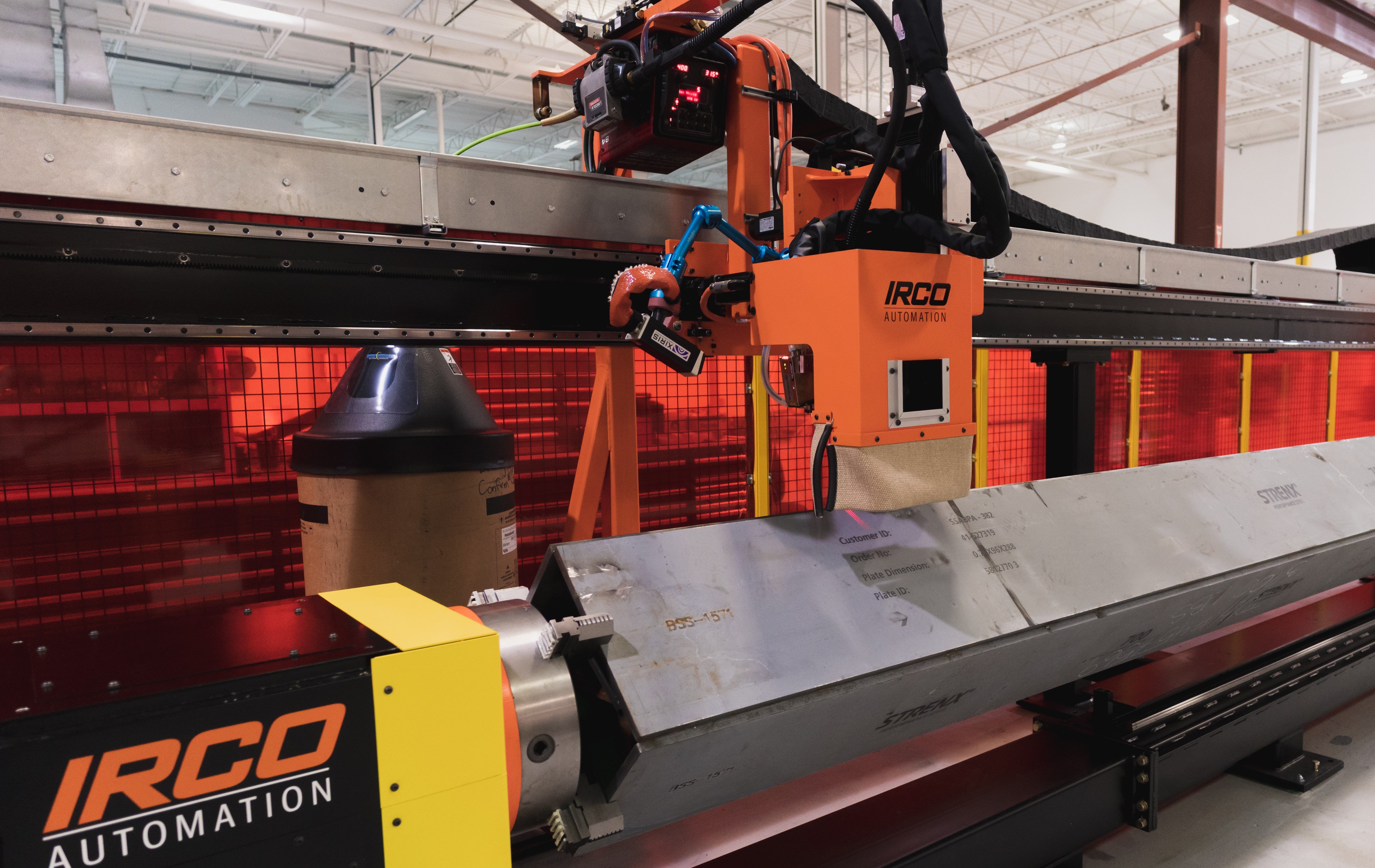High Voltage Cable is a multi-layer cable used for running high voltages underground or underwater. The integrity of the cable is very important – the insulation of the cable must not deteriorate due to the high voltage power being transmitted.
Often a high-voltage cable will have a metallic shield layered over the insulation, connected to the ground and designed to equalize the dielectric stress on the insulation layer. This metallic shield is effectively a welded tube, wrapped around the conducting cores and insulating layers of the cable and welded together as the cable is made.

Various High Voltage Cable Samples (courtesy: KEI Industries)
If the fabrication process of forming and welding the metal sheath tube is not done properly, the cable may fail its final quality specification and may require to be destroyed, a very costly prospect for the manufacturer. Using a weld inspection system such as the WI2000 system from Xiris, measurements can be made on the production line of the final welded sheath of various attributes such as Mismatch, weld Bead Height and Freezeline to help determine if the metal sheath tube is being welded correctly.
If any of those measurements begin to drift out of tolerance, an operator can be alerted to make adjustments in the input parameters to bring the process back in control avoiding any scrap production. The result is a better quality welded sheath tube on the cable that has a better chance of meeting the final end user’s specifications.
Additional Resource:
 A High Dynamic Range (HDR) visible light or thermal camera together with a welding microphone and powerful software can provide the real-time detection necessary to reduce the amount of scrap produced and improve the quality of the finished joint.
A High Dynamic Range (HDR) visible light or thermal camera together with a welding microphone and powerful software can provide the real-time detection necessary to reduce the amount of scrap produced and improve the quality of the finished joint.
Download a copy of this webinar to see (and hear!) real cases of weld defects and test your welding defect knowledge.
Better Images. Better Decisions. Better Process Control.
Follow Xiris on social media for regular updates and welding videos!



.png)


